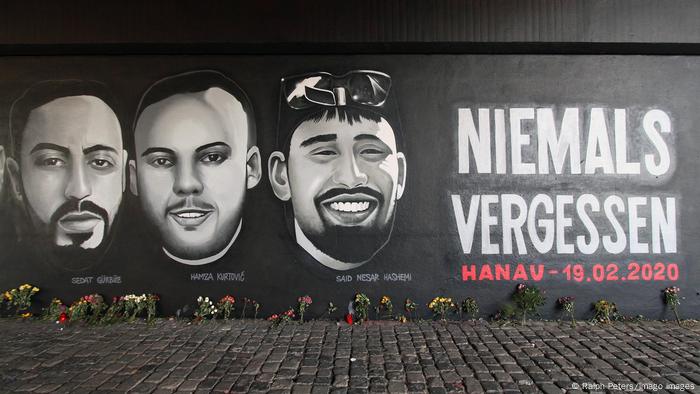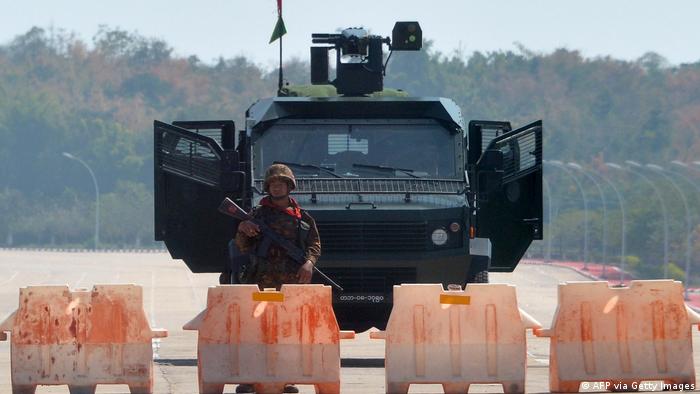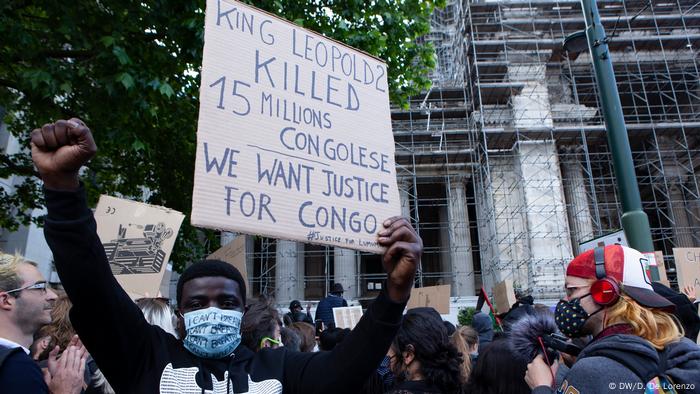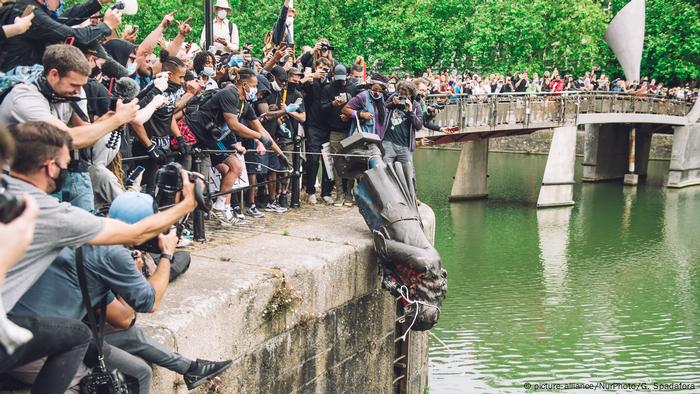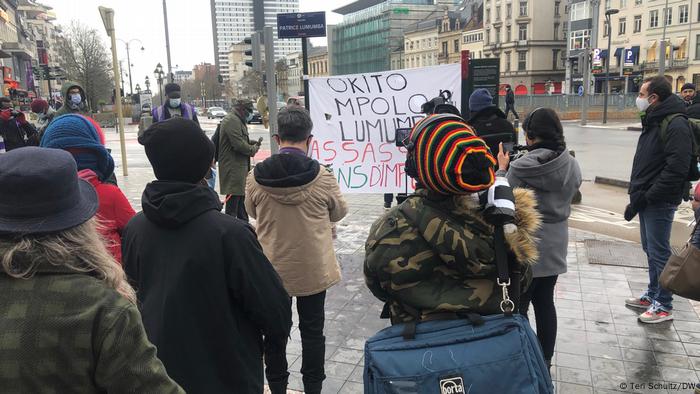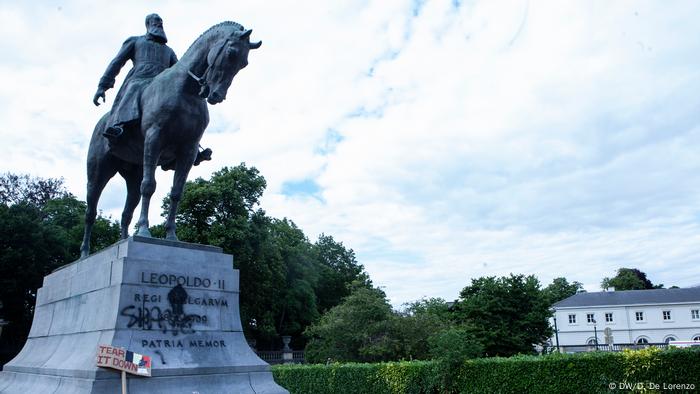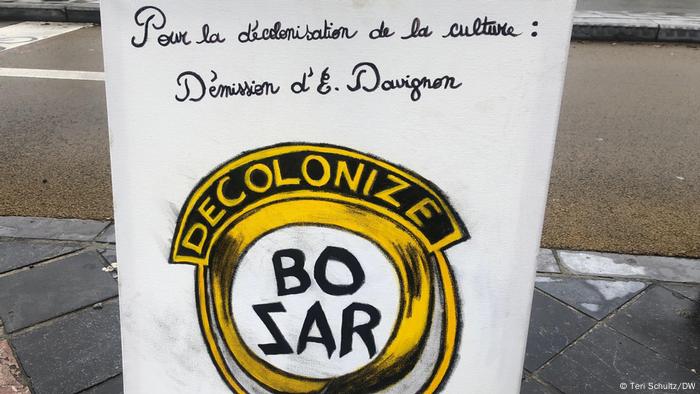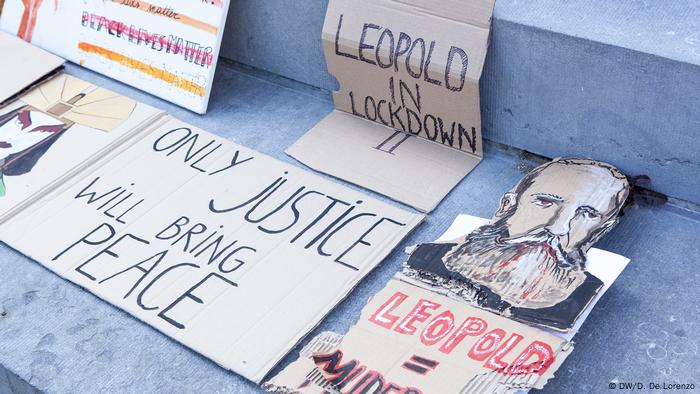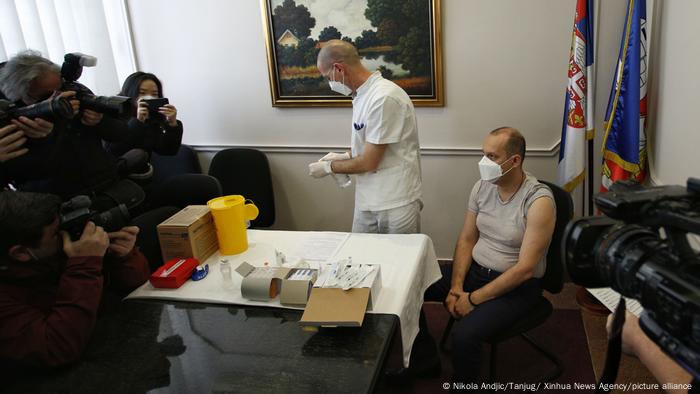Neo-Colonialism, the Last Stage of imperialism Kwame Nkrumah 1965
The mechanisms of neo-colonialism
https://www.marxists.org/subject/africa/nkrumah/neo-colonialism/ch01.htm
Foremost among the neo-colonialists is the United States, which has long exercised its power in Latin America. Fumblingly at first she turned towards Europe, and then with more certainty after world war two when most countries of that continent were indebted to her. Since then, with methodical thoroughness and touching attention to detail, the Pentagon set about consolidating its ascendancy, evidence of which can be seen all around the world.
Who really rules in such places as Great Britain, West Germany, Japan, Spain, Portugal or Italy? If General de Gaulle is ‘defecting’ from U.S. monopoly control, what interpretation can be placed on his ‘experiments’ in the Sahara desert, his paratroopers in Gabon, or his trips to Cambodia and Latin America?
Lurking behind such questions are the extended tentacles of the Wall Street octopus. And its suction cups and muscular strength are provided by a phenomenon dubbed ‘The Invisible Government’, arising from Wall Street’s connection with the Pentagon and various intelligence services. I quote:
‘The Invisible Government ... is a loose amorphous grouping of individuals and agencies drawn from many parts of the visible government. It is not limited to the Central Intelligence Agency, although the CIA is at its heart. Nor is it confined to the nine other agencies which comprise what is known as the intelligence community: the National Security Council, the Defense Intelligence Agency, the National Security Agency, Army Intelligence, Navy Intelligence and Research, the Atomic Energy Commission and the Federal Bureau of Investigation.
‘The Invisible Government includes also many other units and agencies, as well as individuals, that appear outwardly to be a normal part of the conventional government. It even encompasses business firms and institutions that are seemingly private.
‘To an extent that is only beginning to be perceived, this shadow government is shaping the lives of 190,000,000 Americans. An informed citizen might come to suspect that the foreign policy of the United States often works publicly in one direction and secretly through the Invisible Government in just the opposite direction.
‘This Invisible Government is a relatively new institution. It came into being as a result of two related factors: the rise of the United States after World War II to a position of pre-eminent world power, and the challenge to that power by Soviet Communism...
‘By 1964 the intelligence network had grown into a massive hidden apparatus, secretly employing about 200,000 persons and spending billions of dollars a year. [The Invisible Government, David Wise and Thomas B. Ross, Random House, New York, 1964.]
Here, from the very citadel of neo-colonialism, is a description of the apparatus which now directs all other Western intelligence set-ups either by persuasion or by force. Results were achieved in Algeria during the April 1961 plot of anti-de Gaulle generals; as also in Guatemala, Iraq, Iran, Suez and the famous U-2 spy intrusion of Soviet air space which wrecked the approaching Summit, then in West Germany and again in East Germany in the riots of 1953, in Hungary’s abortive crisis of 1959, Poland’s of September 1956, and in Korea, Burma, Formosa, Laos, Cambodia and South Vietnam; they are evident in the trouble in Congo (Leopoldville) which began with Lumumba’s murder, and continues till now; in events in Cuba, Turkey, Cyprus, Greece, and in other places too numerous to catalogue completely.




